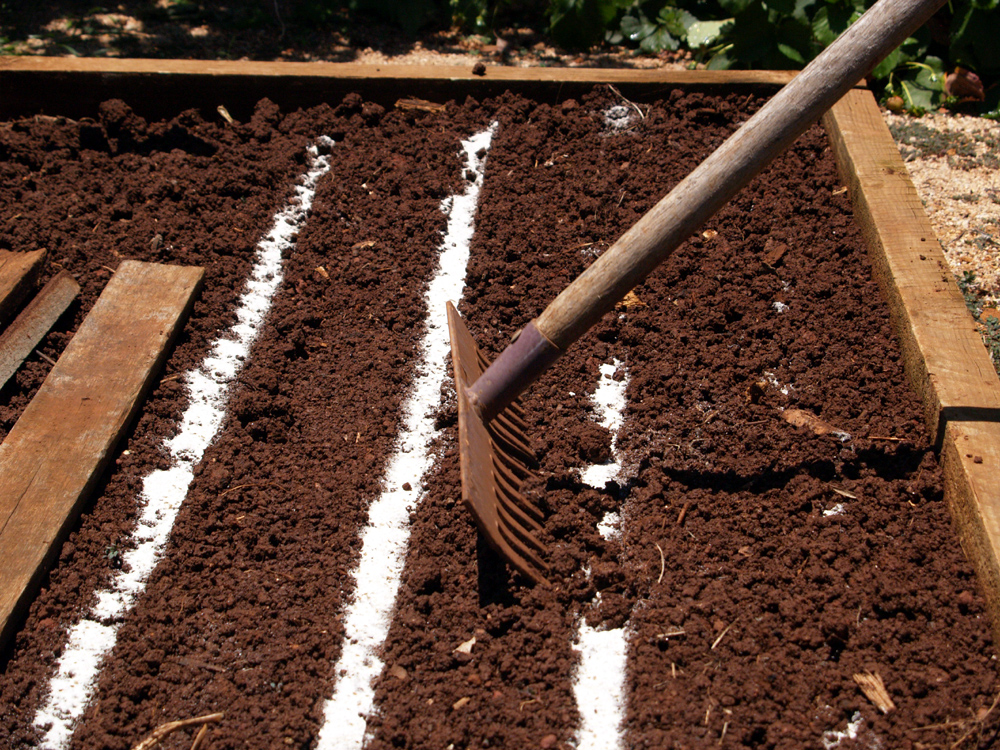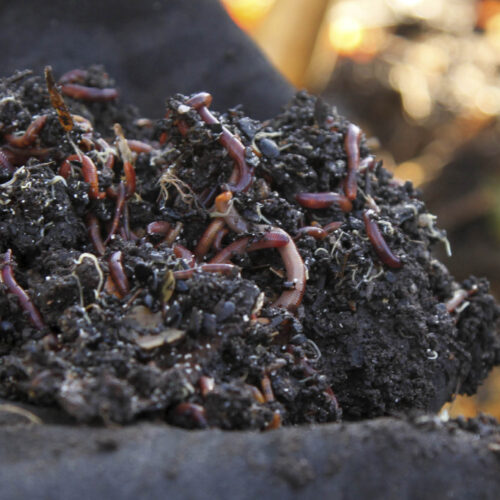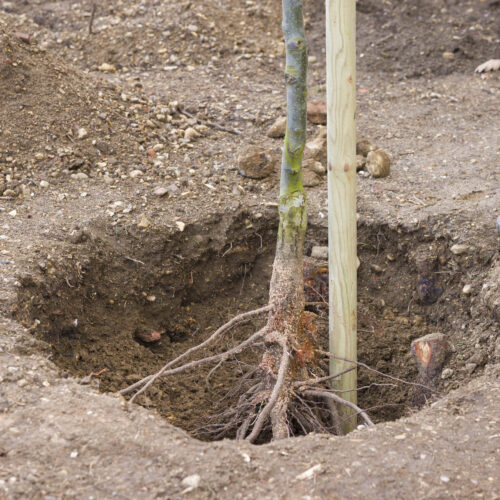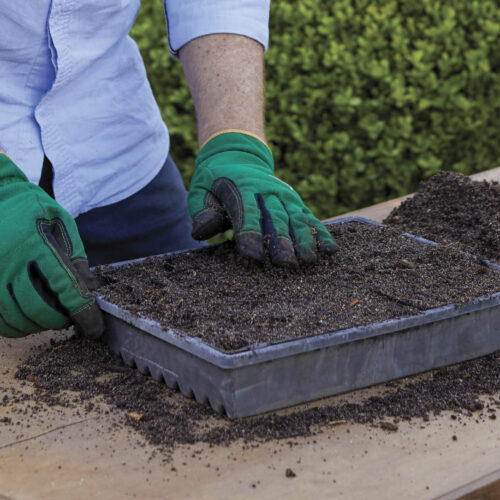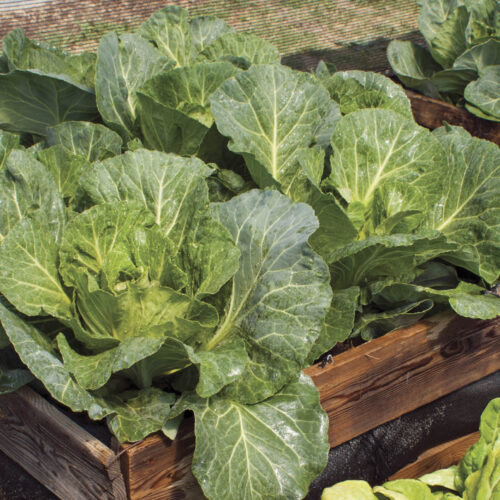Putting Down Roots
2013-01-17T01:38:57+11:00
The best time to sow winter veg is now, in mid-summer. JUSTIN RUSSELL shares his tips for sowing carrots and parsnips.
It seems totally counter-intuitive, but for those of us living in temperate climates, it’s time to start sowing your cool season vegies. Yes, the temperature in the shade might be 35 degrees. Yes, it might be bone dry in your neck of the woods. But trust me, many vegies started now will be ready just in time for the first frosts of the year.
First to go in should be root vegies, especially carrots and parsnips. Each of these plants are slow to germinate when the soil’s cold, but when it’s warm, seedlings will be up and growing in a week or so. By May, the roots will be fat and sweet, and some frost will only make them sweeter as the cold miraculously converts starch into sugar.
Start by preparing a fine seed bed. Choose a bed that previously grew a hungry crop, and if you’re the digging type, work the soil deeply with a fork. Both of these actions will help ensure you harvest lovely tapered carrots and parsnips, rather than disfigured monsters. Break up any large clods on the soil surface, then rake it to create a fine layer of topsoil that’s welcoming to tiny seeds. Water the bed deeply, then let it rest overnight.
Sow your seeds the following day. Make shallow drills with an old tomato stake, and scatter the seeds as evenly as possible. Parsnip seed is easy enough, but because carrot seed is so fine, I find it easiest to mix with some dry sand in a large jar. The mix of sand and seed can then be poured along the drill, backfilled lightly, and gently tamped down with the back of a rake. This final action creates good contact between soil and seed, and helps with even germination.
To finish the job water the bed again, this time using a very soft shower to avoid dislodging seeds, or preferably, a fine mist. Cover the bed with some hessian or shadecloth and water regularly to keep the seeds evenly moist until germination occurs. Once some tiny green hairs start popping up above the soil surface, remove the shadecloth, continue watering regularly, and in a few weeks time, thin out the seedlings so that they’re spaced about ten centimetres apart. Feed the thinnings to your chooks (carrot tops have a mild anti-worming action), eat them, or compost them.
In four months time you’ll be harvesting beautifully sweet roots, perfect for tossing in casseroles, stews, and my favourite, baked with a joint of home reared lamb. Bring on the cooler weather!

